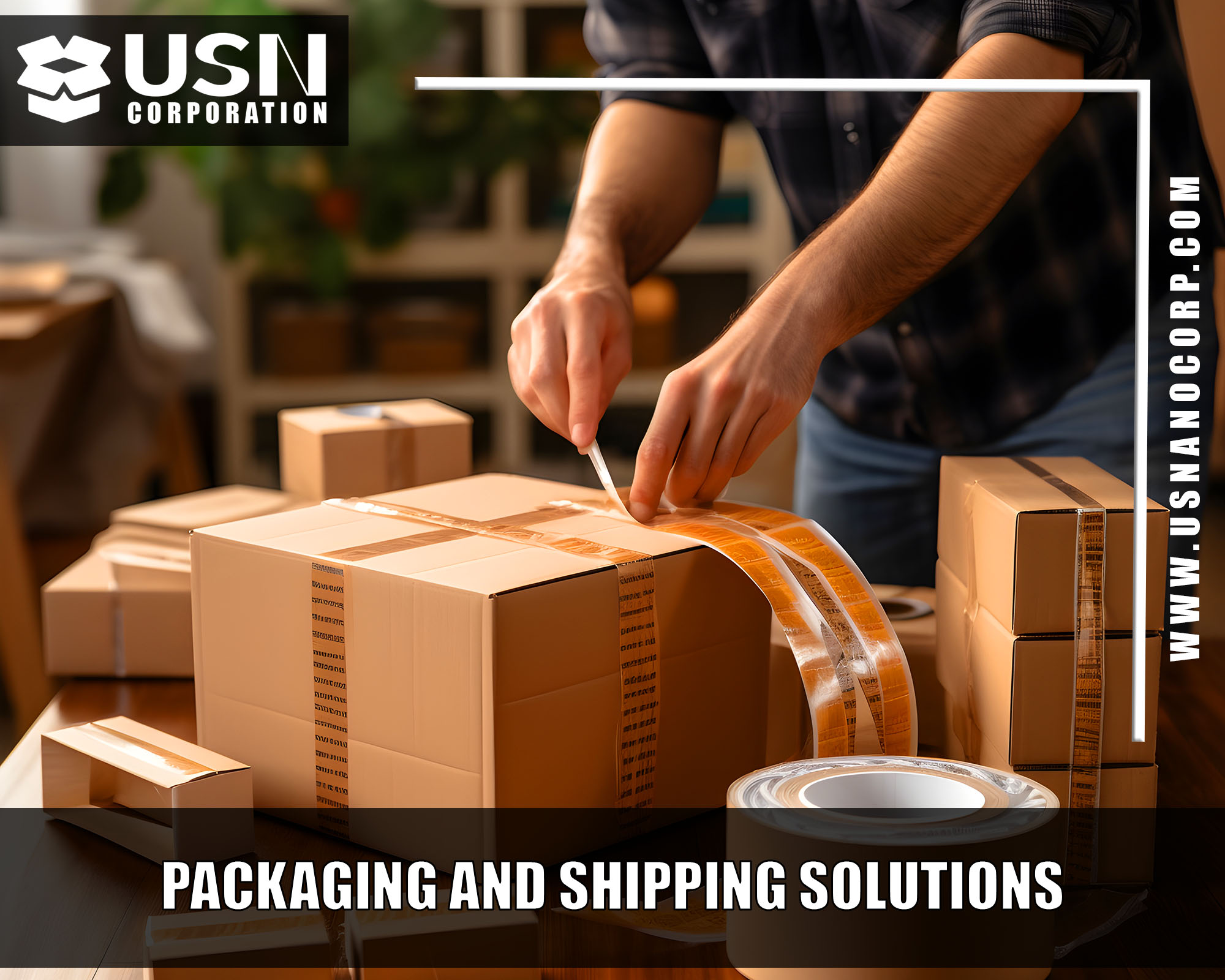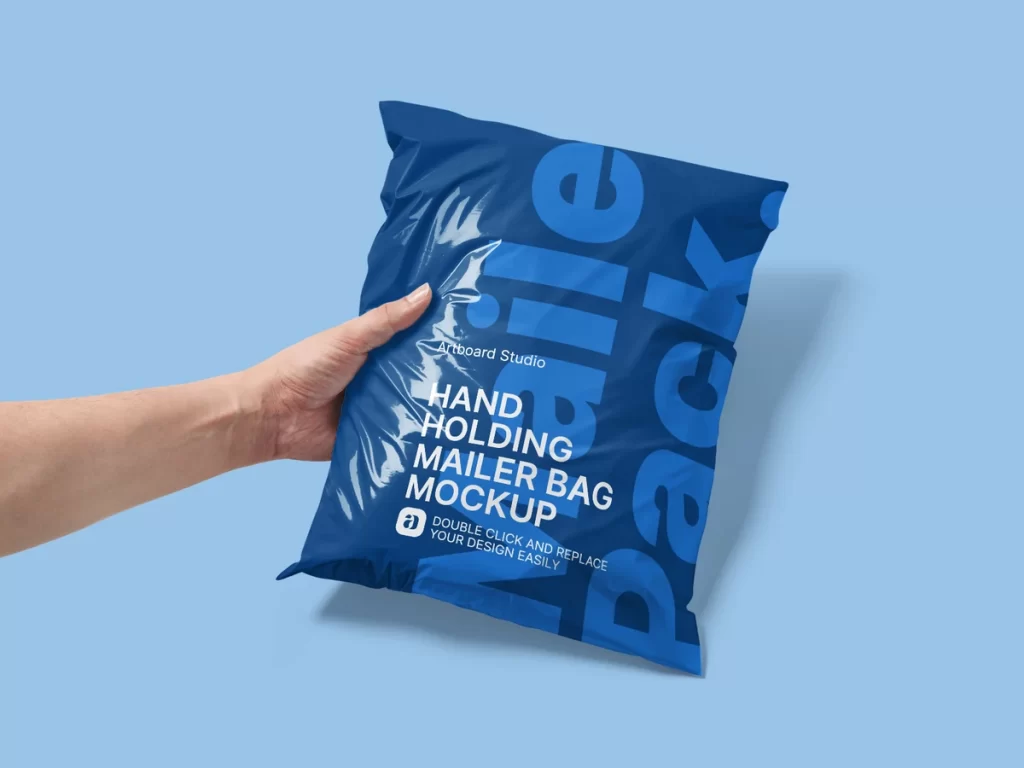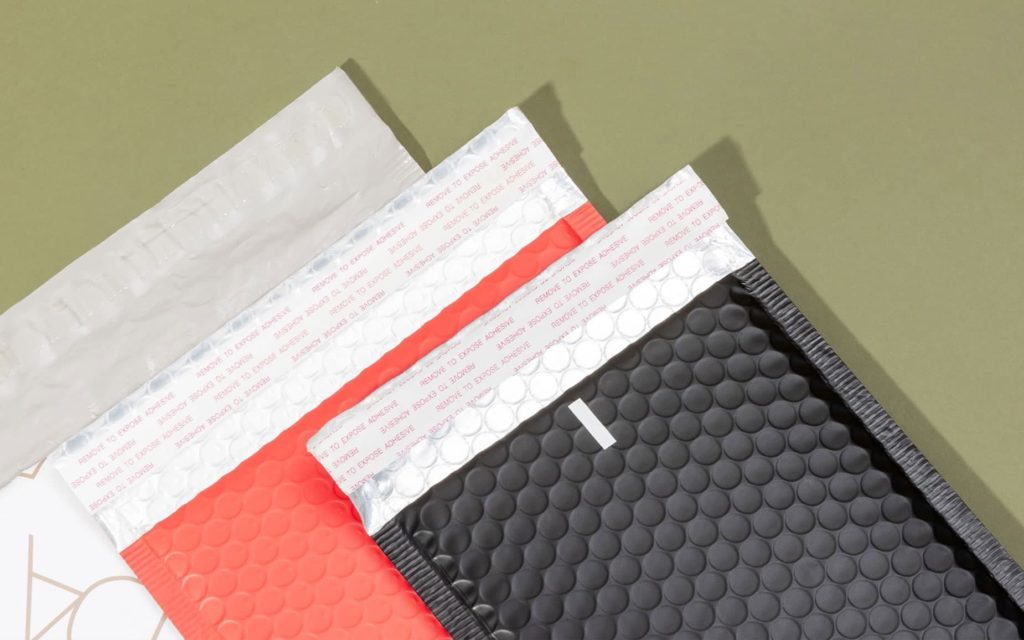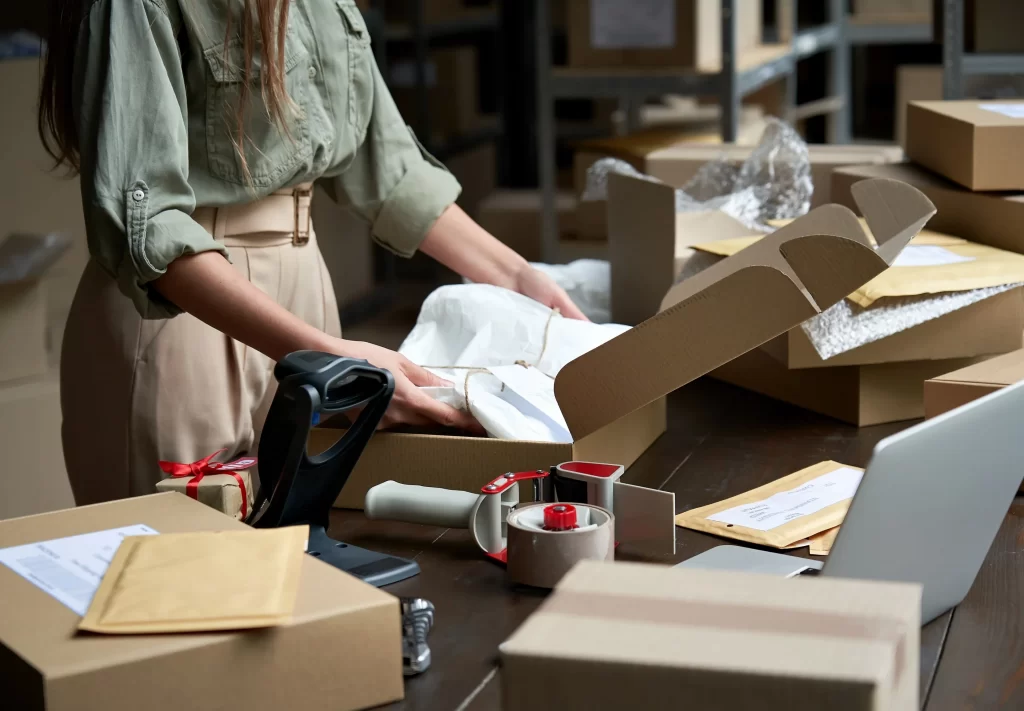Shipping costs can be a significant expense for businesses and individuals alike, especially when it comes to sending packages. One effective way to reduce shipping boxes costs is by choosing its right type for shipping. It is very essential to learn some techniques which can be very relevant in preparing packages. One can save time, effort and money if packing and preparing of one’s item can be done systematically. using the right type of boxes in shipping packages can lead to significant cost savings, damage prevention, improved efficiency, and enhanced customer satisfaction while also considering environmental impact and compliance with industry standards. We will explore how selecting appropriate box sizes, materials, and styles can help control shipping costs and ensure efficient delivery of goods.
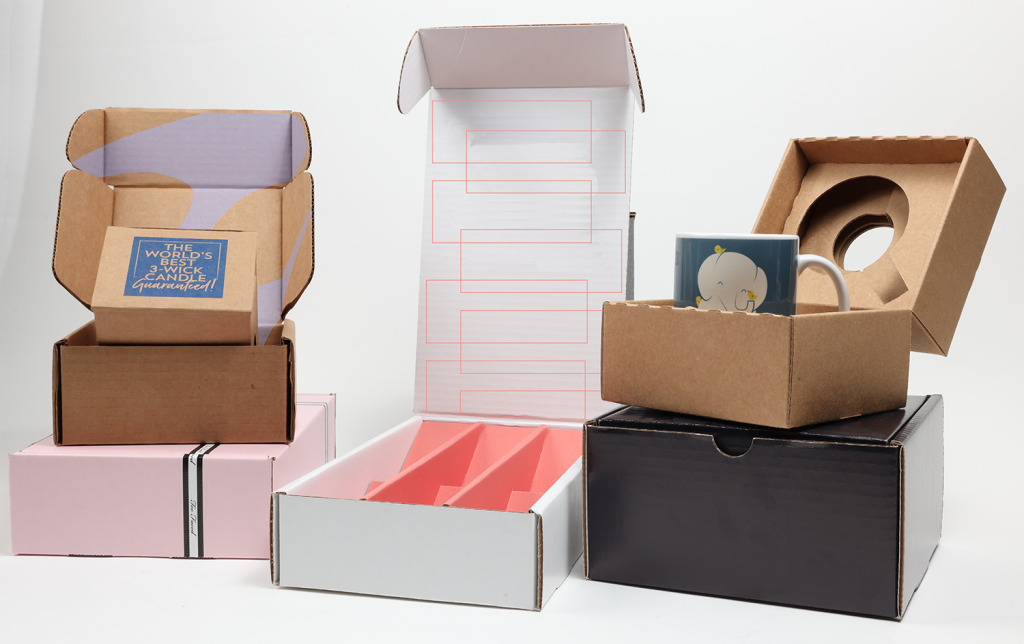
- Box Sizes and Dimensional Weight
Dimensional weight is a pricing system used by couriers to calculate shipping boxes costs based on the size of a package rather than its actual weight. By choosing the right box size, you can minimize dimensional weight charges and save on shipping costs. Here are some tips to keep in mind:
- Optimal Box Size: Select a box that accurately fits the dimensions of your item, without leaving excessive empty space. This helps reduce the risk of damage during transit and ensures that your package is not classified as oversized or irregularly shaped, which could result in higher shipping fees.
- Smaller Boxes for Lighter Items: For lighter items, consider using smaller boxes instead of large ones, as they may still meet the requirements for dimensional weight calculations and help you save on shipping costs.
- Larger Boxes for Heavier Items: Conversely, larger boxes may be more cost-effective for heavier items, as their lower per-inch rates often offset the increased dimensional weight charges.
- Materials and Durability
The material used for boxes also plays a crucial role in controlling shipping costs. Cardboard boxes come in various grades, each with its unique benefits and drawbacks.
- Corrugated Cardboard: These boxes offer excellent durability and strength owing to their multi-layered structure, making them ideal for fragile or heavy items. However, they tend to be more expensive than standard cardboard boxes.
- Single Wall Cardboard: These boxes are made from a single layer of cardboard and are less expensive than corrugated cardboard. They are suitable for non-fragile and mid-weight items but may not provide enough protection for heavy or delicate cargo.
- Double Wall Cardboard: Double-wall cardboard offers greater durability than single-wall card
